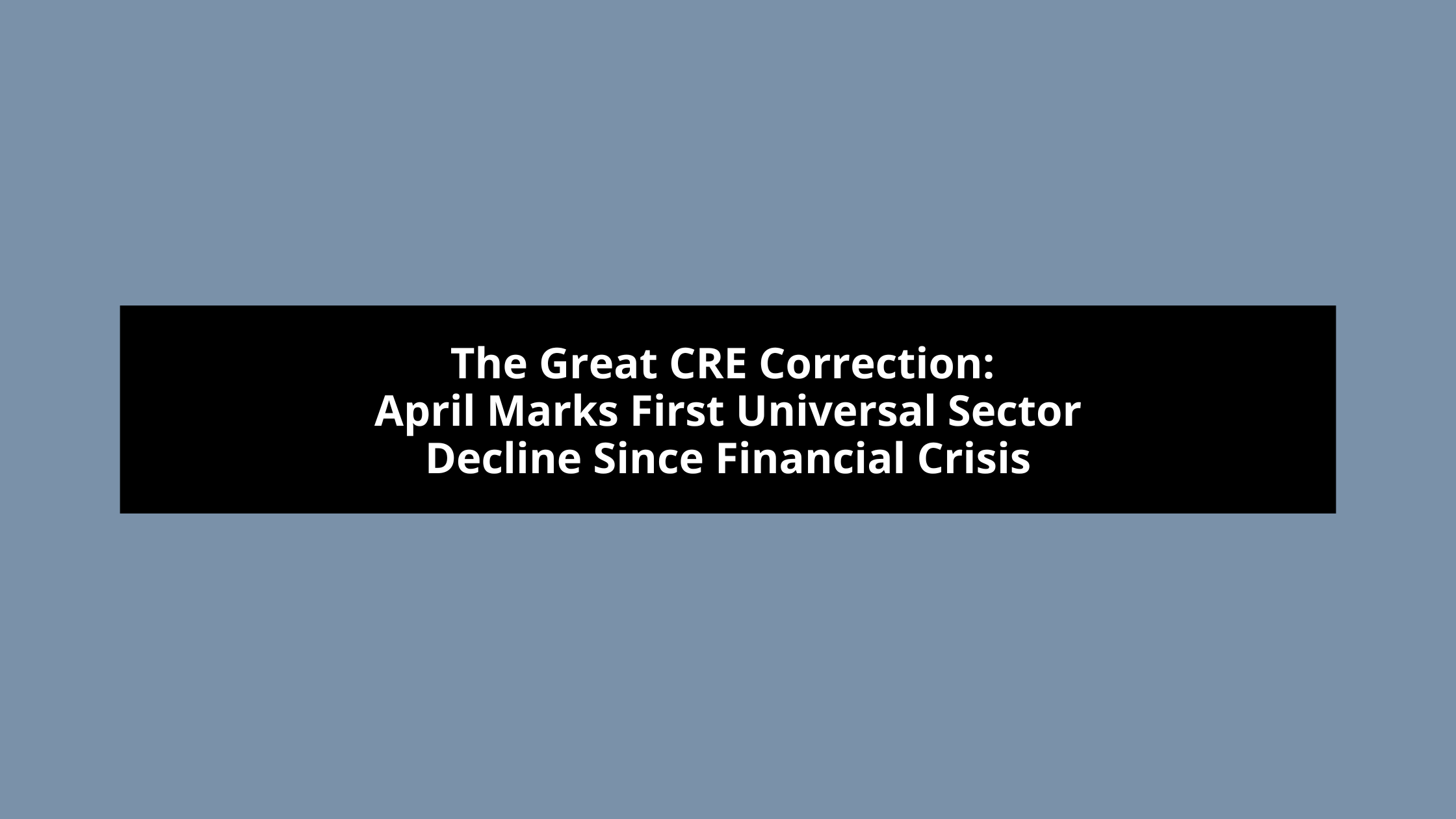Commercial Real Estate Exposure Raises Red Flags for Regional Banks
The banking sector faces mounting concerns as commercial real estate (CRE) loan exposure reaches alarming levels at numerous regional institutions. A recent analysis reveals that over one-third of major U.S. banks now maintain CRE exposures exceeding 300% of their equity, triggering potential regulatory oversight.
- Leading the pack is New York-based Dime Community Bank, with CRE exposure towering at 602% of its equity. This unprecedented level highlights the growing vulnerability of regional banks to commercial real estate market fluctuations.
- Close behind, and close to home is Maryland’s Eaglebank, followed by Arkansas-based Bank OZK, with exposure rates of 571% and 566% respectively.
- The risk landscape extends well beyond these frontrunners. North Carolina’s Live Oak Banking Company and Merchants Bank of Indiana both report exposure rates above 500%, while Michigan’s Flagstar Bank and Alabama’s ServisFirst Bank show similarly concerning levels.
- Rounding out the top ten most exposed institutions are First Foundation Bank, Provident Bank, and First United Bank and Trust Co., all with ratios exceeding 475%.
This concentration of risk emerges at a particularly challenging time for the commercial real estate market. Despite recent modest declines in interest rates, banks face substantial unrealized losses due to falling commercial property values. The situation is further complicated by the looming refinancing wave of loans originated during the low-rate environment of 2019-2021.
The timing couldn’t be more critical. As these loans approach maturity, banks must navigate the complexities of refinancing in a fundamentally different rate environment. Commercial properties selling at discounts compared to pre-pandemic valuations add another layer of complexity to an already challenging situation. This affects not only existing CRE mortgages but also construction loans and unused funding commitments.
The implications extend far beyond individual institutions.
- With 59 of the 155 largest U.S. banks showing CRE exposure above 300% of their equity, the banking sector faces a systemic challenge.
- This concentration of risk could trigger increased regulatory scrutiny and potentially impact broader economic stability.
In 2025, the banking sector’s resilience will be tested as hundreds of billions in CRE loans come due for refinancing. Success will largely depend on how effectively these institutions manage their CRE portfolios, navigate the repricing environment, and adapt to potential regulatory changes.
For investors, depositors, and industry observers, understanding these exposure levels provides crucial context for assessing bank stability and risk. While high exposure doesn’t necessarily predict problems, it highlights which institutions might face greater challenges in an already complex banking environment. The situation demands careful monitoring as banks work to manage these substantial CRE exposures while maintaining financial stability in an evolving market landscape. Their success or failure could have significant implications for regional economies and the broader financial system.
About MylesTitle:
MylesTitle is an amazingly unique national boutique Real Estate Title Insurance firm with a hand-picked, curated team of professionals. Quarterbacked under the watchful eye of long-time industry pro Myles Lichtenberg, Esq. our team of paraprofessionals handle every aspect of your transaction with the precision of a finally tuned drill team. We interface with some of the globes top attorney’s, paraprofessionals, bankers, fund managers, developers, and highly skilled real estate authorities. They demand the very best, and our team answers the call!
More specifically, MylesTitle’s team provides Five-Star Service from initial intake through closing. No detail is left unattended to. Our Senior Team of professionals understands complex, high-value, and sometimes multi-state transactions, like no other.


